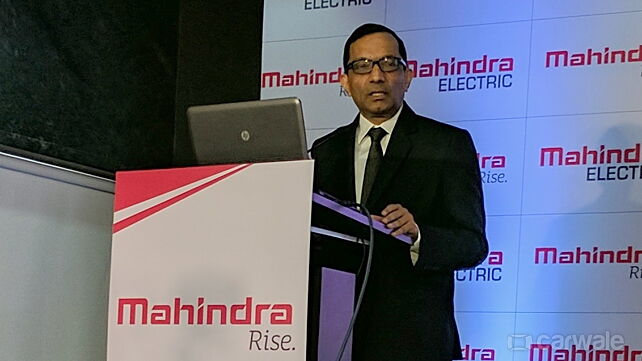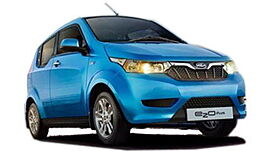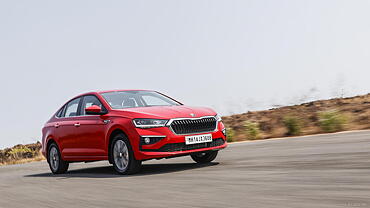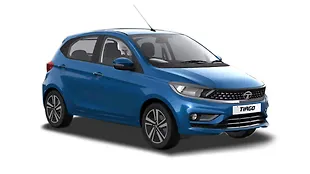
Last week, when Mahindra announced their plans to contribute to the electric mobility that’s envisioned for the year 2032, they also emphasised the concerns experienced in this EV space, and how they believe the Government would be able to step in with a solution.
We all know that the Government has introduced a 12 percent GST for EVs, and Mahindra believes that this is the right move. Though Mahindra is not keen on pursuing the regulators for more subsidies, the company feels that it is more important for the Government to keep the enforcement consistent for at least the next five years. This is only so that Mahindra and its allied suppliers can invest in the related technology. Mahindra also believes that the Government needs to be directly involved in the setting up of fast charging infrastructure, a key concern in the use of the EV tech. This is mainly because no private company has come forward to invest in this infrastructure, and the reason is obvious. There aren’t many EVs on the road presently and the charging stations lying idle will not make business sense. Mahindra thinks the Government could take the first step by installing fast chargers in a few key cities where EVs are being promoted.
Mahindra also sees a unique opportunity. To go with the current flow of the shift to EVs (by 2032) and also set an example, Mahindra is already in talks with the Government to commence the use of their EVs in the Government’s own fleet. Furthermore, the company is also positive that the Government will go the extra mile and support suppliers for the requisite R&D and cost concerns raised while building EV components. This is only so that the cost of related components will go down, and will make EVs more affordable. Mahindra hopes that the Government will see the constraints of the EV business since it is in the early stages, so that the related OEMs and suppliers can overcome the hurdles involved, and make the business viable.
















































